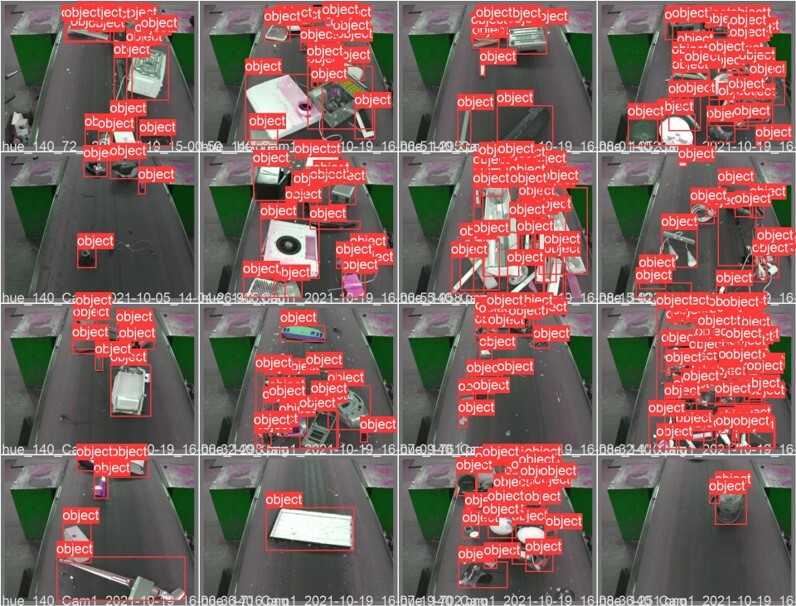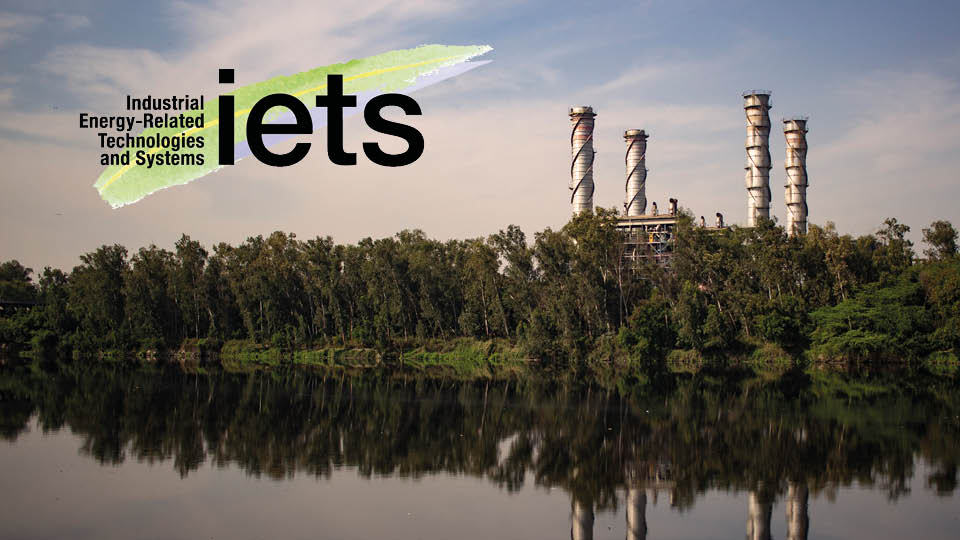AutoWEEEdakt

In recycling of WEEE (Waste Electrical and Electronic Equipment) manual labour is extensively used in the pre-sorting and categorization of the WEEE. This is mainly because recyclers must ensure that products containing environmentally, and health hazardous components are sorted out for subsequent disassembly.
There have been several attempts to automate these steps using AI based image recognition. All these efforts have however failed due to the large variability of the electronic equipment that can come into a recycling plant, and the fact that new products are coming to the market everyday. Manual labelling of WEEE objects required for training AI based computer vision systems is labour extensive and as result expensive procedure.
To tackle this problem, automated labelling procedures based on monitoring existing industrial recycling processes were suggested and developed. This work has been done on two different recycling facilities, El-Kretsen sorting and categorization station at EXSE plant in Arboga, and NG Metalls recycling plant at Katrineholm.


